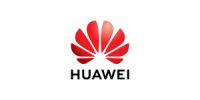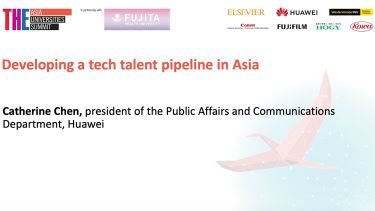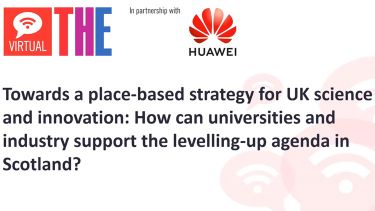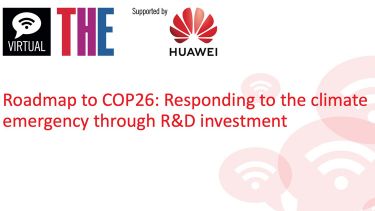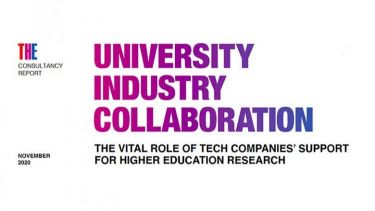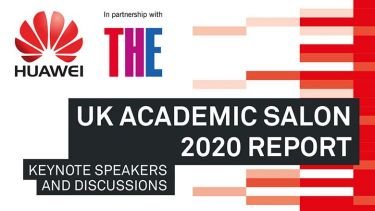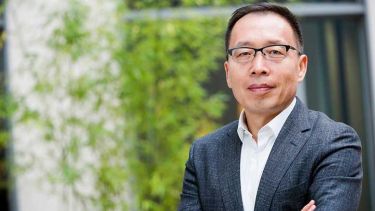Funding basic research is key to a thriving innovation landscape, say sector leaders
In an increasingly competitive technological age, universities face pressure to develop quality research partnerships with transnational companies. But seeking the right partner and goals can present challenges that vary between continent and country.
At a panel for the THE Asia Universities Summit, leaders from industry and academia considered some of the possible guidelines for best practice in knowledge transfer and collaboration.
Leading the discussion, Yuko Harayama, executive director at RIKEN, said it has become normal for business activities to become integrated fully into the activities of universities besides education and research. “We know this is happening mainly in the US model of licensing and tech transport, and we are forming a new evolution of partnerships,” she said.
She asked panellists if this US model was something to be followed, or if Asia required a different way of thinking.
Moo Hwan Kim, president of Pohang University of Science and Technology, said that his colleagues were diversifying their approach to research, helped in part by large funding incentives from private companies.
A partnership with Samsung electronics, for example, provided about $18 million (£13.7 million) of funding per year. “This kind of close partnership can benefit our society in various ways, thanks to close association with industry,” he explained.
Chunmiao Zheng, vice-provost of global strategies at the Southern University of Science and Technology, spoke of similar financial incentives. His own institution receives about 60 per cent of its research funding from local industry, he explained.
Speaking to the role of funding agencies, Michinari Hamaguchi, President of the Japan Science and Technology Agency, said it was necessary for universities to build long-term relationships with industry for partnerships to be sustainable.
“In other words, universities and partners need patience,” Hamaguchi said. It is the role of universities “to take high-risk, long-term research, and funding agencies should manage that properly,” he added.
Linked to this was the slow rate of change in terms of university reputation, said Eiichi Saitoh, president of Fujita Health University. “Reputation changes more slowly than profit-making enterprise. Therefore, if you leave it to [serendipity] there will be a significant lag between productivity and reputation. To close the time gap, public relations is essential.”
Supporting researchers in their careers was also key in this regard, he added. “It is not so difficult to find good people, but difficult to predict whether one will become a great researcher in the future.” The climate in private universities “can be more flexible than national public universities in that regard”, he said.
A common theme of the panel discussion was the importance of supporting basic research through industry partnerships. “There is a shift occurring in several industries, including the tech sector,” said Andrew Williamson, vice-president of strategy at Huawei, who described the current research strategy at the company as “innovation 2.0”.
“We are much more interested in funding basic research now. It doesn’t always have to be applicative products and services,” he explained.
As a result, about 20 per cent of Huawei’s investment areas are now shifting to fund basic research projects, he concluded.
The panel:
- Yuko Harayama, executive director, RIKEN (chair)
- Michinari Hamaguchi, president, Japan Science and Technology Agency
- Moo Hwan Kim, president, Pohang University of Science and Technology
- Eiichi Saitoh, president, Fujita Health University
- Andrew Williamson, vice-president of strategy, Huawei
- Chunmiao Zheng, vice-provost of global strategies, Southern University of Science and Technology
Watch the session on demand above or on the THE Connect YouTube channel.
Find out more about Huawei and higher education.
